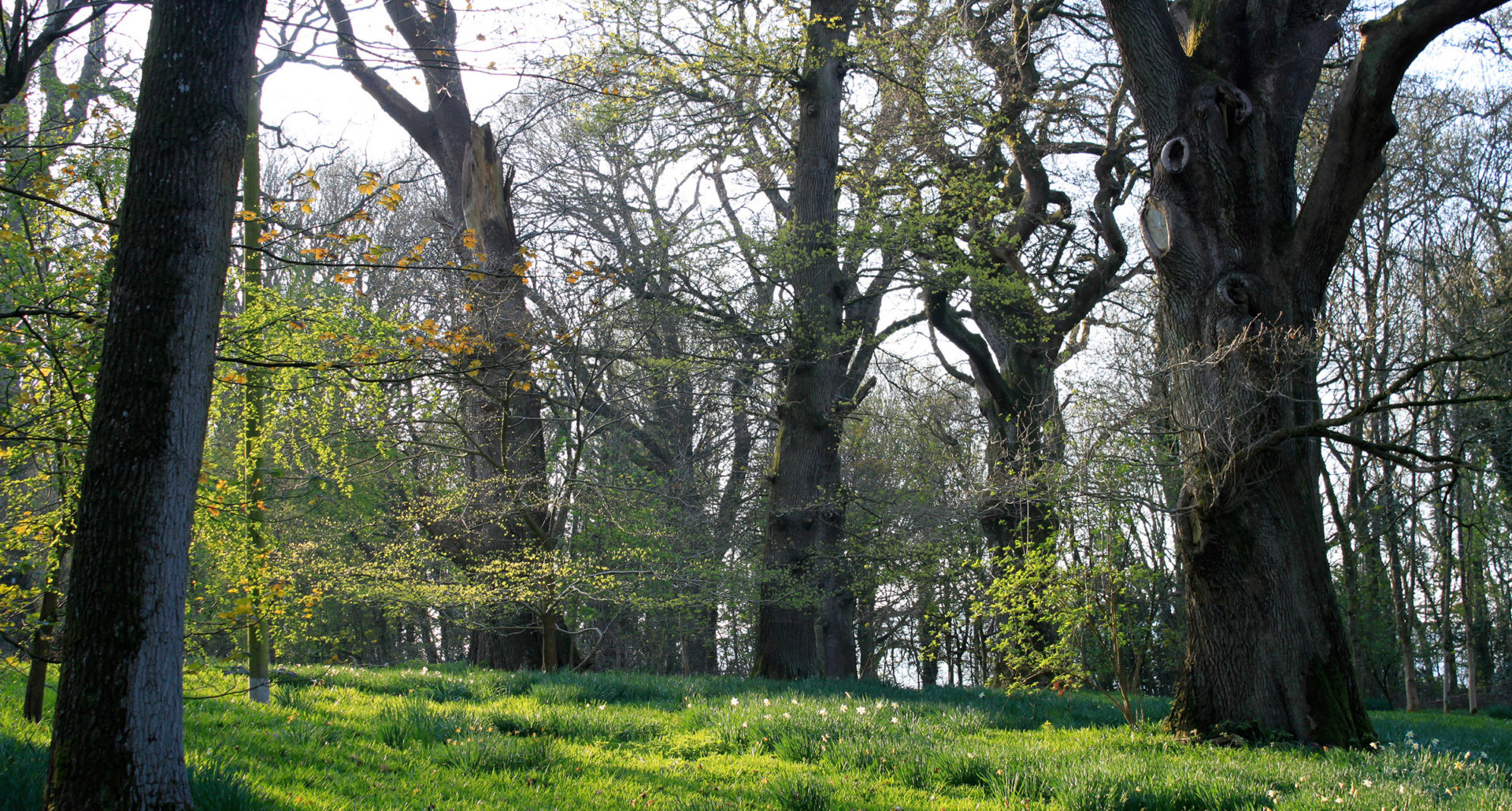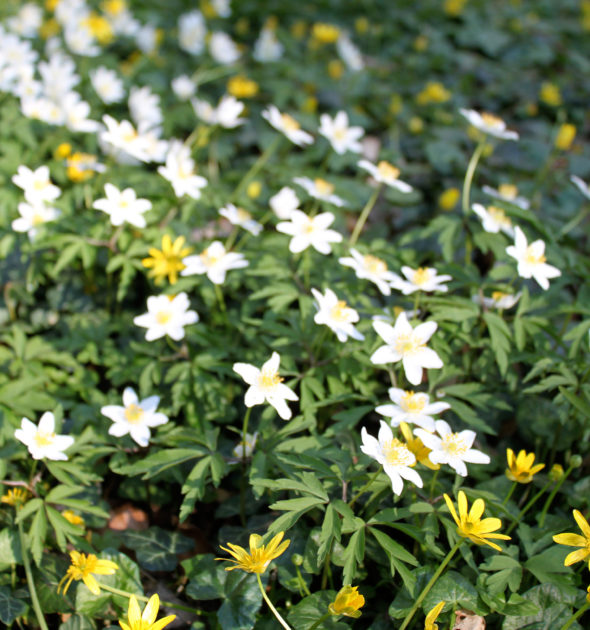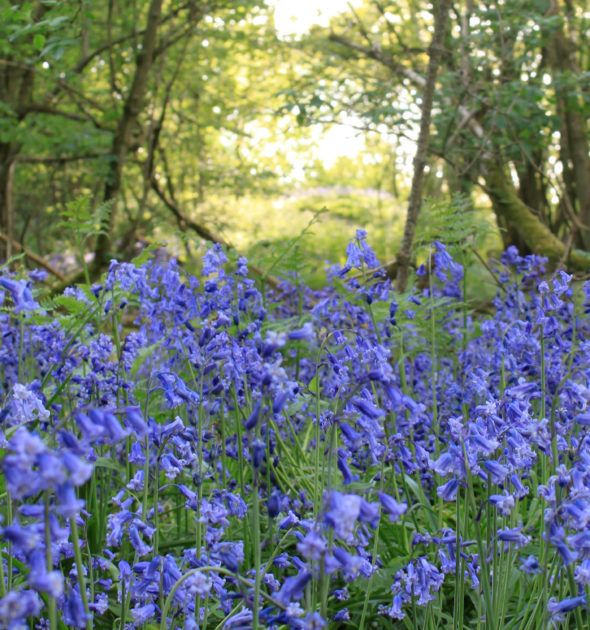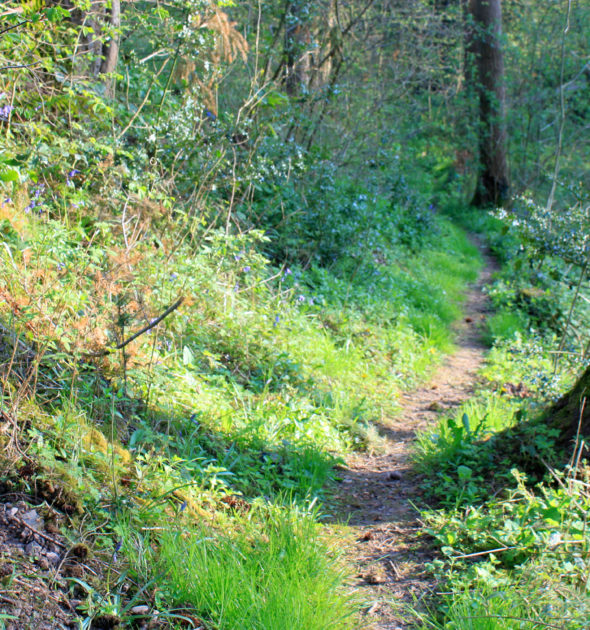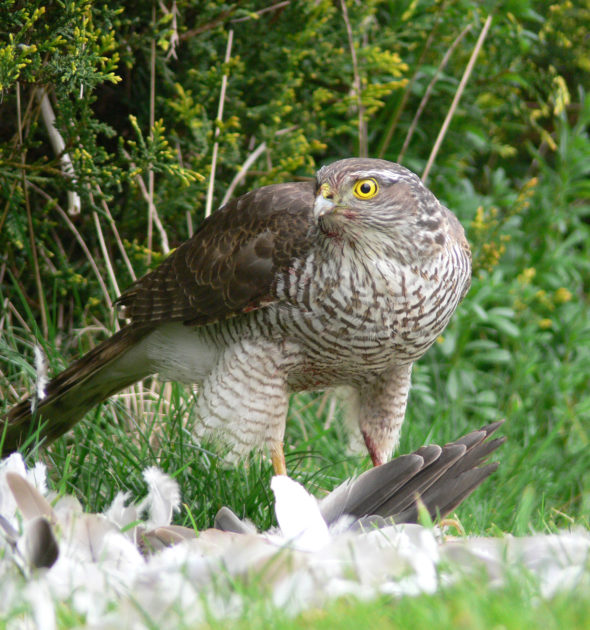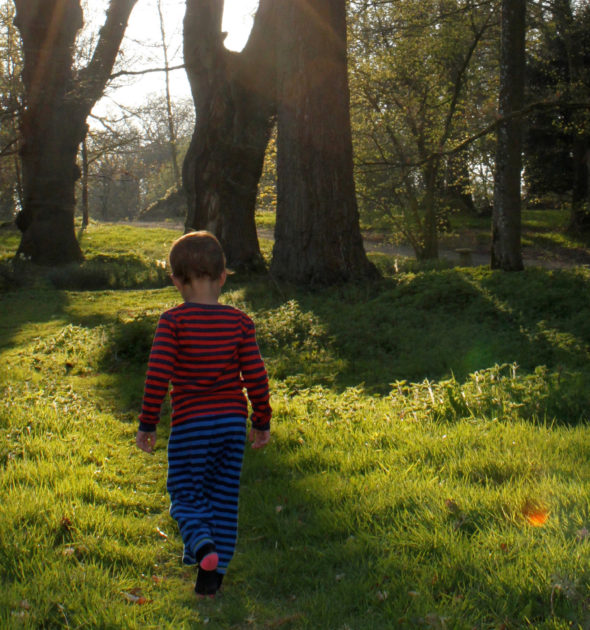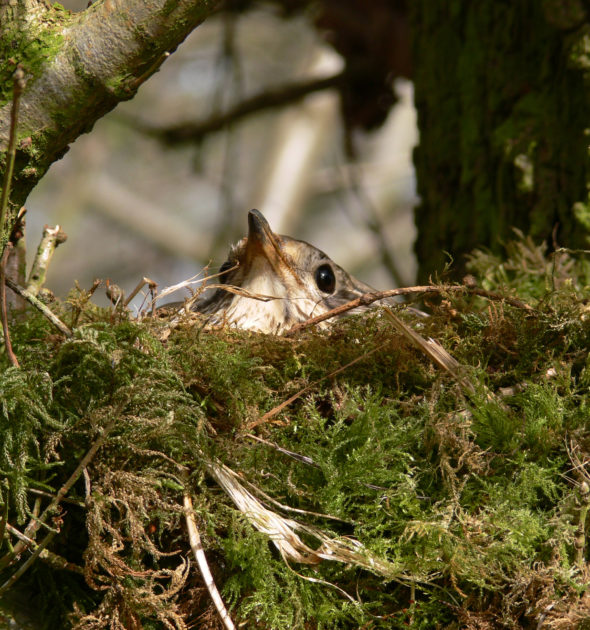The 25-acre woodland of which Redwood Valley is a part has been in our family since 1995. When we arrived, the woodland had been severely neglected and it has taken years of hard work to return it to its former glory. It is in this spirit of preserving and enhancing this area of natural beauty that Redwood Valley has come about. By inviting others to share in this special place, we hope to create a sustainable business which will allow our family to maintain the woodland for future generations.
The project is designed to be low-impact, creating minimum disturbance to wildlife and landscape. The majority of wood used is from conifers that were cleared and replanted with native species. Wherever possible, we have used recycled and eco-friendly materials (our roof tiles were once car tyres!). Water is from a freshwater spring and grey water is managed through an underground soak-away. The cleaning products and toiletries we provide are biodegradable so as not to harm the local ecosystem and you will find recycling facilities on site. Future projects include creating a nature pond and investigating hydroelectric and solar energy sources.




